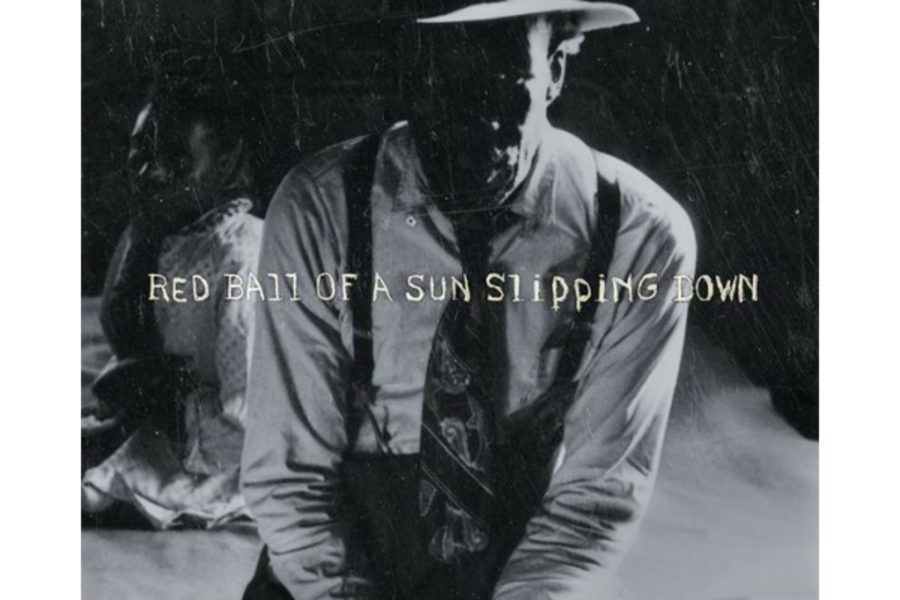'Red Ball of a Sun Slipping Down' is a brilliant retrospective of Eugene Richards’s Arkansas catalog
Loading...
In his latest book, Red Ball of a Sun Slipping Down, photographer Eugene Richards quotes one of his subjects, Porter Lee, a woman caring for her husband and grandchildren.
“ ‘What you’ll do,’ Lee once said to Richards, ‘is forget us.’ ” But Richards could not forget the Arkansas Delta. His 1960s civil rights work as a Vista volunteer, social worker, and journalist molded him. For Richards, the time he spent in Arkansas was the beginning of a storied career photographing people and places that are otherwise ignored.
In “Red Ball of a Sun Slipping Down,” color photographs from Richards’s subsequent visits to the delta are interspersed with unpublished material from his first book, “Few Comforts or Surprises: The Arkansas Delta,” to produce a retrospective of Richards’s Arkansas catalog.
The text is minimal, based on memories and impressions. The later work reveals the artist’s matured aesthetic when seen in conjunction with his earliest images. In the 1960s Richards confronted racism and poverty directly with his camera. In more recent years, he has explored individual lives – people’s emotions and spirit.
Having pioneered a style of composition using the wide-angle lens up close, Richards often claims it was a method for overcoming his shyness. His distinctive use of every corner of the frame while exploiting the expansive depth of field of his lens allows for a complex interplay of elements. Whether it’s an image of a heat-stricken hotel maid near a window reflecting a pool, or a close-up of a preacher bent over a Bible, Richards artfully reveals a story in every frame.
What makes Richards’s work compelling is his emotional courage. “Red Ball of a Sun Slipping Down” is his love story about a place. Everything and nothing has changed in the delta, which is also how Richards feels about his own life.
From the oldest to the newest images in this book, Richards’s commitment to embracing what is most difficult, and dignifying the people involved in that struggle, remains his most enduring contribution to both journalism and art.
Joanne Ciccarello is a former Monitor photo editor.








